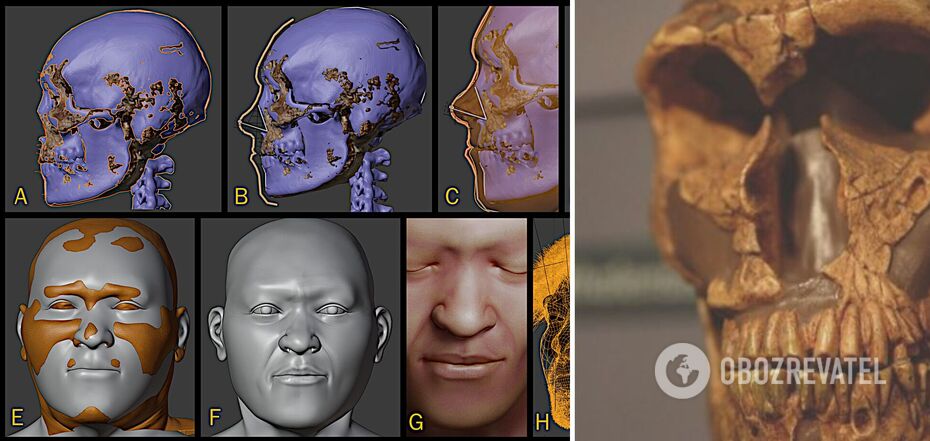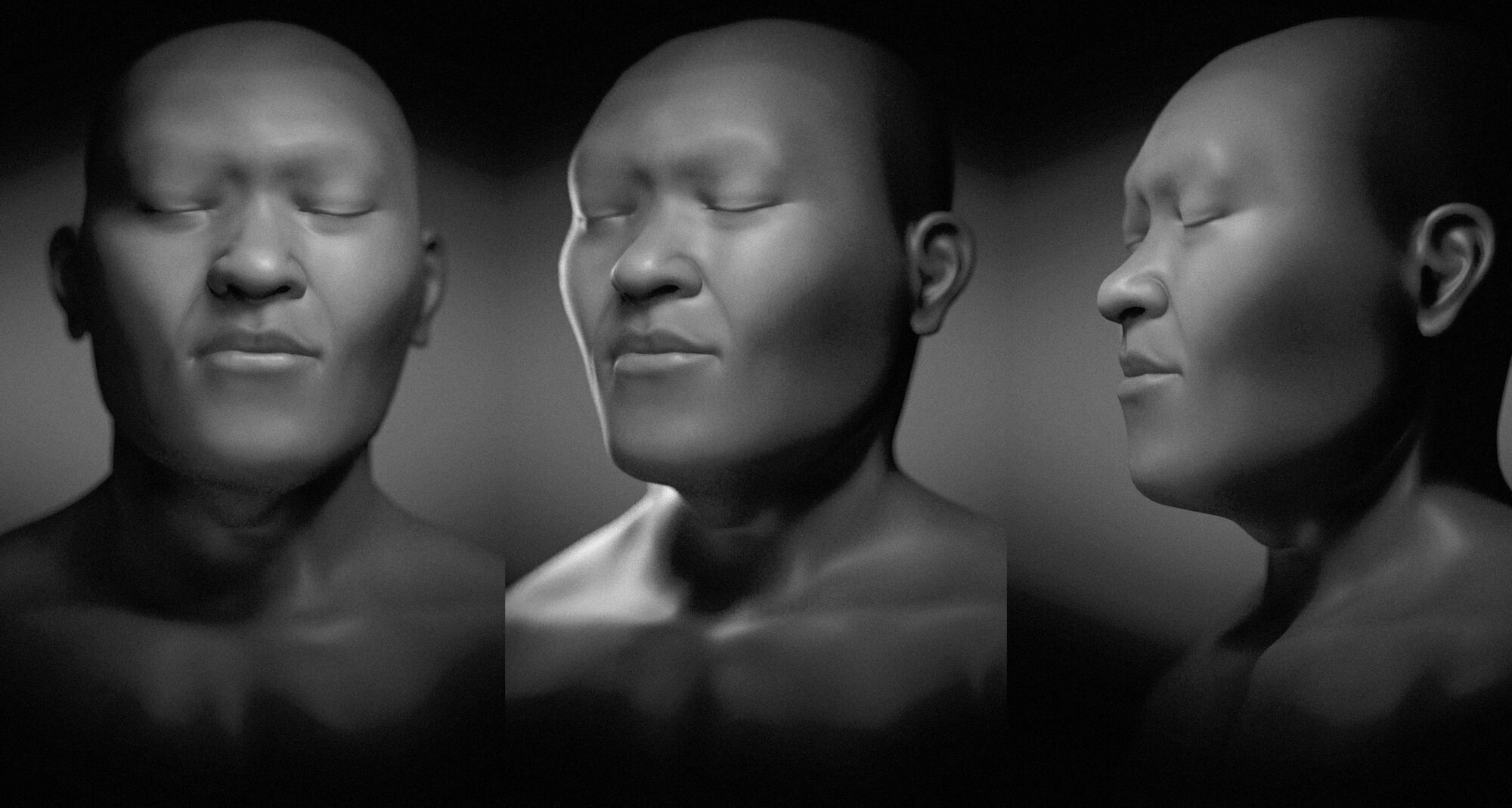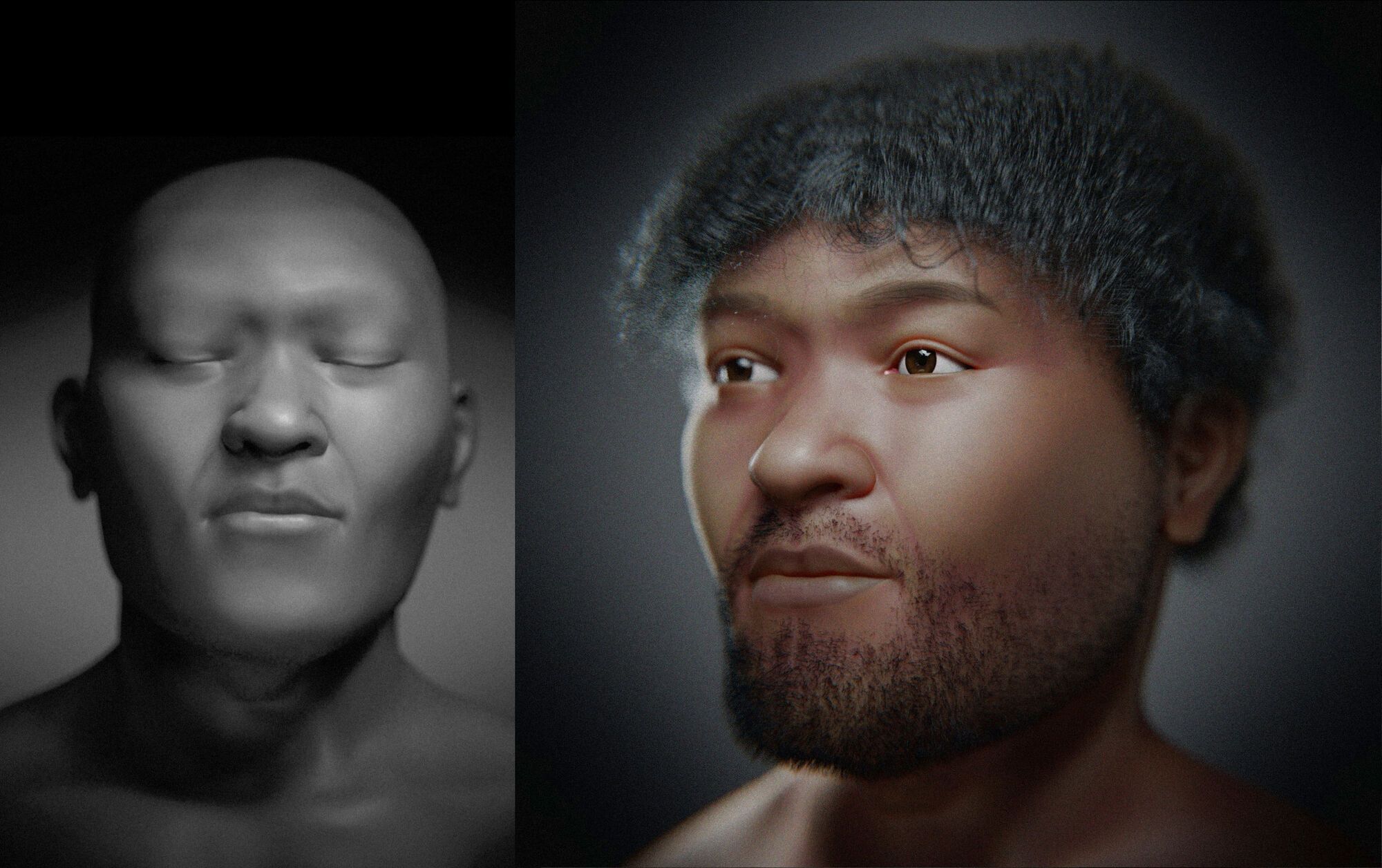Life
Scientists show the face of one of the oldest Homo sapiens, who lived 30 thousand years ago
Scientists from Brazil have managed to reconstruct the face of a person who lived 30,000 years ago in what is now Egypt. Their research may provide a key to understanding human evolution.
Their study was based on the skeletal remains of Homo sapiens found in 1980 at Nazlet Khater 2, an archaeological site in the Nile Valley in Egypt. This skeleton is the oldest example of Homo sapiens remains found in Egypt and one of the oldest in the world (to see the photo, scroll to the end of the news story).
Anthropological analysis showed that the man was between 17 and 29 years old at the time of his death. He was about 160 cm tall and of African descent.
Despite the fact that the skeleton was incomplete - it was missing some ribs, hands, feet and other parts - the skull was still in fairly good condition. However, a part of the skull was also missing, but it was reconstructed by mirroring the reverse side and using computed tomography (CT) data.
Brazilian researchers have managed to create a model of the man's face using dozens of digital images they collected during an examination of skeletal remains now in the collection of the Egyptian Museum in Cairo.
One of the features of the skull that caught the researchers' attention was the jaw, which is slightly different from modern lower jaws.
"The skull is generally modern in structure, but some of it has archaic elements, such as the jaw, which is much stronger than that of modern men," Cicero Moraes, a co-author of the study and a Brazilian graphics expert, told Live Science.
He admitted that the structure of the skull struck him at first sight, so he was curious to know what the face would look like.
So the researchers used a method known as photogrammetry. This process involves stitching together digital images to create a 3D model. As a result, two models were created: one was black and white with the eyes closed in a neutral state, and the other was created with an artistic representation of what the man might look like.
However, scientists warn that this face should not be considered 100% authentic.
"People think that face approximation works like in Hollywood films... it doesn't. We make an approximate calculation of what a face could look like based on available statistics, and we end up with a very simple structure," Moraes explained.
He added that humanising the faces of historical characters by adding hair and colours always helps the public to better perceive a 3D model and makes them want to explore the topic in more detail.
The researchers hope that the recreated face of this Homo sapiens will help scientists better understand how humans have evolved over time.
"The fact that this person is more than 30,000 years old makes it important for understanding evolution," Santos concluded.
As OBOZREVATEL previously reported, scientists have shown a woman of the future who will live in the year 3000.
Subscribe to OBOZREVATEL's Telegram and Viber channels to keep up with the latest news.































